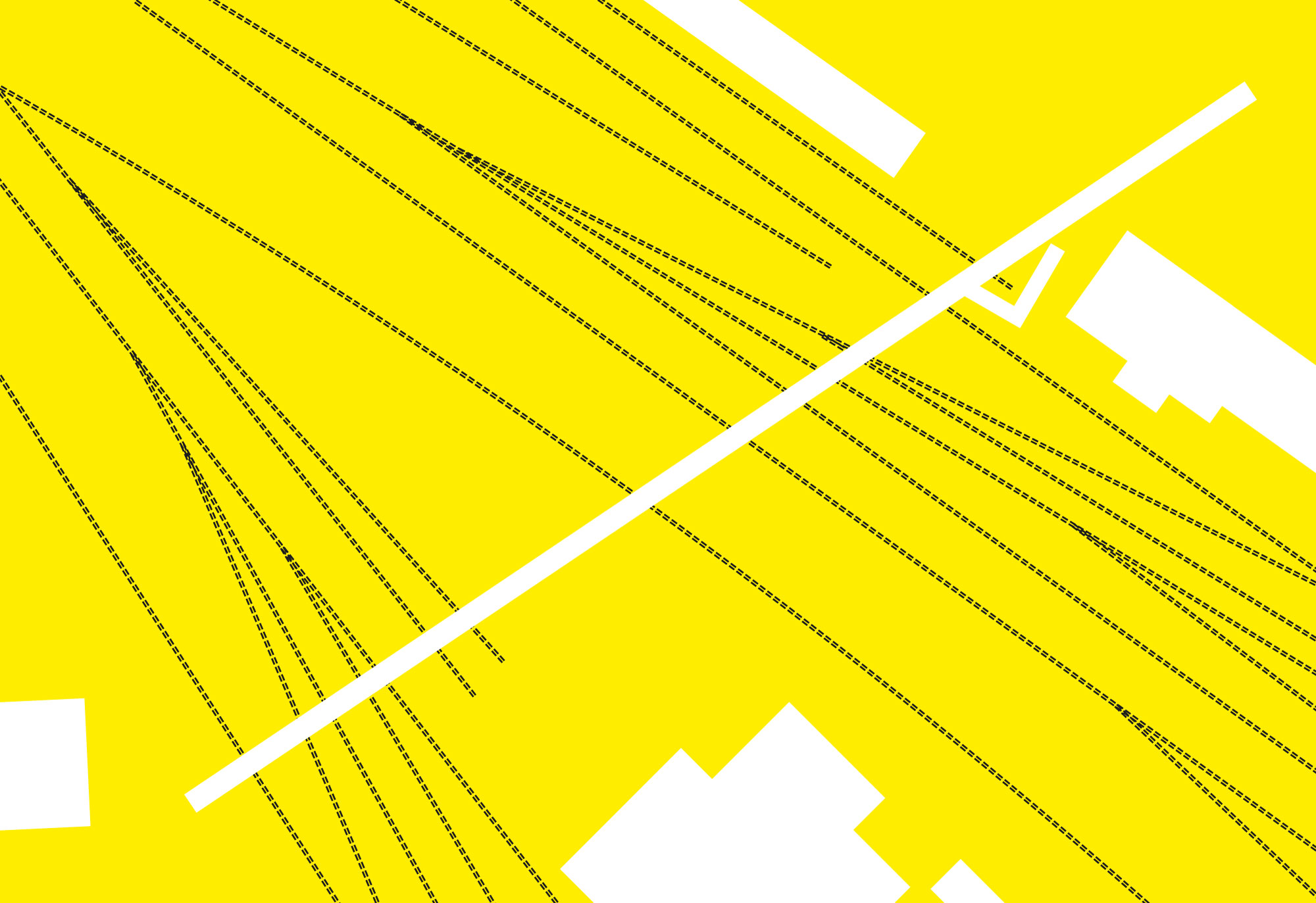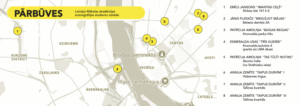
Reconstructions
Scenography students of AAL (Latvia)“Reconstruction” is a term used in theater to describe the transformation of the stage design. Sometimes it’s obvious, sometimes it’s hidden.
Reconstruction is part of scenography – just like in music, the silence between two notes.
To understand the entirety, it must be broken down and each component must be examined separately.
The creators of the exhibition – students and teaching staff from the Scenography Department of the Art Academy of Latvia – view “reconstruction” as a separate, intrinsically valuable element of scenography, striving to bring the hidden to the forefront. They use the advantage given to scenographers to choose a fragment of the world and offer to rebuild it for a brief moment. To transform the mundane into life and then, perhaps, into art.
From August 22 to September 20, an exhibition by scenography students from the Art Academy of Latvia will be on display in Riga, seeking to answer the question: what exactly is scenography? It includes eight stage-like urban objects and scenography elements, which, placed in various locations around Riga, transform places familiar to us in our everyday lives into new theater stages.
Objects of the exhibition
Beyond the Door I, II, III
Annija Zemīte
What hides, lives, happens or does not happen behind the door?
This art event is an opportunity to go beyond the limits of everyday curiosity and censorship. The walls behind which life goes on and events unfold, which we pass everyday without even noticing, disappear. The doors open, and the passerby becomes a witness to private adventures, experiences, and emotions.
The work is inspired by the author’s habit of observing illuminated windows in the evenings, where what is seen or merely suspected provides endless sources of inspiration. The work unveils private living spaces, allowing the viewer to peek behind the closed doors and glimpse the stories that lie within.
Working hours of “Beyond the Door I”: everyday 9.00-19.00
Location of “Beyond the Door I”: Vidzeme Market, 56°57’35.9″N 24°07’51.6″E
Working hours of Beyond the Door II, III”: everyday 9.00-20.00
Location of “Beyond the Door II”: Tallinas kvartāls, 56°57’50.1″N 24°07’57.5″E
Location of “Beyond the Door III”: Tallinas kvartāls, 56°57’49.0″N 24°07’59.2″E
It’s About to Happen
Patrīcija Amoliņa
The environmental object It’s About to Happen explores the brief and almost imperceptible moment between an event that is yet to come and one that has already passed. It is based on the theory of the Sun’s end of life. One day, the Sun, like other stars, will become a red giant and expand, consuming most of the planets in the solar system, happening in the blink of an eye. The object consists of two seemingly separate parts, but there is a special place nearby from which one can see both parts merging together. It’s About to Happen allows the viewer to linger in the moment that exists between ‘before’ and ‘after” – a moment that is too brief to be noticed in reality.
Location: Skonto Hall (from Strēlnieku iela), 56°57’43.3″N 24°06’49.0″E
The Three Wise Ones
Esmeralda Usas
The work reflects on the playfulness of childhood, growing up, and the perception of the urban environment as a living organism. The lanterns symbolize three stages of development – childhood, adolescence, and adulthood. The light show in Morse code does not convey a specific message, but rather creates a mysterious conversation in which the city lights become characters with their own personalities. The installation highlights the importance of play in public space – playing is not only the privilege of children, but also the way for adults to achieve freedom, irony and empathy.
The dramaturgy of the work was created in collaboration with Anna Dvinska, graduate of the University of Westminster with a degree in English Literature and Language (highest level II).
Location: Kronvalda bulvāris 4 (in the park behind the Art Academy of Latvia), 56°57’19.2″N 24°06’19.0″E
The conversation in Morse code can be seen after dark.
Searching for a Home
Jānis Platačs
The wind changes the face of the earth – breaking old trees and making room for new ones. Water washes away the old and allows new blood to flow through the veins. Even old houses crumble, leaving ruins that become the foundation for the future.
Some people seek refuge in these ruins. But these are not homes.
Behind the branches of fallen trees and debris lies a place – a sobering-up station. A rest stop where it is possible to regain one’s senses. A space that is a reminder that humans are part of nature – and therefore ever-changing.
This experience of change is essential and only through it arises the desire to continue the journey, to continue searching for home. And perhaps, to find it.
Location: Balasta dambis 2A
The Path of Imanta
Emīls Jansons
The exhibition The Path of Imanta recounts the story of the lost Imanta – where it came from, how it got here, and how to spot it in the city. The audience is invited to discover Imanta’s memories, traces of its presence, and secrets recorded in the buildings, streets, and daily life of the neighborhood. Imanta’s story reveals that this powerful neighborhood actually harbors fragility, imagination, the past, and the present. It is an opportunity to see Imanta in a new light – in places where it might be, but which often remain unnoticed, thus allowing the city to reveal its undiscovered stories.
Location: Slokas iela 161 k-2
Working hours: Tuesdays to Fridays 17:00-19:00
The End of the End
Patrīcija Amoliņa
The environmental object The End of the End features a paradox – the end of the road, located in the middle of it. It is destined to be encountered accidentally and unexpectedly, while traveling the road that daily tasks lead us down. Then, suddenly, everything you saw before and will see after The End of End intertwines into a story about the twists and turns of fate and the crucial choices that still await.
Location: Bridge in Kronvalda park

Credits
Artists: Patrīcija Amoliņa, Esmeralda Usas, Jānis Platačs, Emīls Jansons, Annija Zemīte
Curator: Mārtiņš Kalseris
Producer: Organisation New Theatre Institute of Latvia